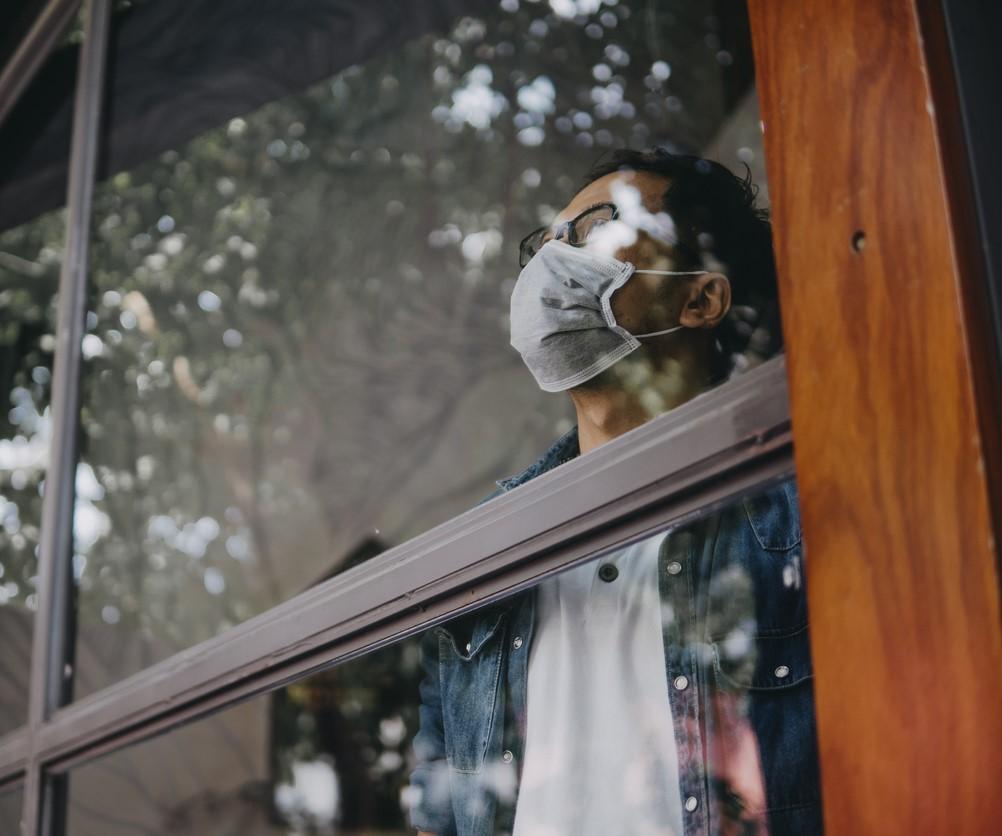Facing a post-Thanksgiving surge of COVID-19 cases, the Centers for Disease Control and Prevention (CDC) today released new options for shorter quarantine periods and urged Americans not to travel for the upcoming holidays, though it also unveiled new tools for doing so safely—both with and without testing.
Shortened quarantine period
At a media telebriefing today, CDC officials first detailed the new quarantine guidance, which they said has evolved as experts learn more research and modeling data.
Henry Walke, MD, the CDC's COVID-19 incident manager, said though the 14-day quarantine period after exposure to COVID-19 is still ideal, the CDC now recommends two acceptable periods: 10 days without a test if the person in quarantine has no symptoms and 7 days with a negative test if the individual has no symptoms. In both instances, the CDC urges people to continue to monitor their symptoms for the full 14 days following exposure.
John Brooks, MD, chief medical officer for the CDC's COVID-19 response, said the new quarantine recommendations are based on extensive modeling in and outside the CDC and that the residual risk for the 10-day period ranges from 1% to 12%, with the residual risk for the 7-day period ranging from 5% to 10%.
He said the CDC has heard anecdotal reports from public health workers that many people aren't observing the ideal 14-day quarantine period, partly due to the need to go back to work. Brooks added that the agency hopes the shorter quarantine options will lead to better compliance and could even make people more willing share the names of their contacts with contact tracers.
Safer travel, with and without testing
The new guidance specifically targeted to travelers comes 3 weeks ahead of Christmas and states, "Postponing travel and staying home is the best way to protect yourself and others from COVID-19."
The CDC recommends that, if people decide to travel, they get tested 1 to 3 days before travel, with testing repeated 3 to 5 days after travel. For returning travelers, the CDC recommends they avoid nonessential activities for 7 days after travel for people who were tested, extending the period to 10 days for those who weren't tested.
Walke said testing surrounding travel doesn't eliminate all risk, but, when combined with other measures, can make the process safer.
Cindy Friedman, MD, chief of the CDC's travelers' health branch, said the agency realizes holiday travel decisions are difficult and that people need time to prepare and discuss the issues with family and friends. She said the new guidance provides tools for making the tough choices and give people several weeks to consider their safest options.
Trends in cases, deaths
Yesterday, the United States reported 180,083 new COVID-19 cases, plus 2,597 more deaths, the nation's second-deadliest day of the pandemic, according to the Johns Hopkins online dashboard. At today's CDC briefing, Walke said health officials will probably see the post-Thanksgiving uptick within 7 to 10 days of the holiday.
The number of Americans currently hospitalized reached a record 98,691, according to the COVID Tracking Project.
The latest weekly report to governors from the White House Coronavirus Task Force, which isn't available publicly but the reports are compiled by the Center for Public Integrity, warned that the COVID-19 threat to Americans is at a historic high. The report warned that the nation is in a dangerous place due to the high baseline of cases and limited hospital capacity.
It said 47 states are in the red zone for new cases, 1 fewer than the previous week. States are in the red zone if new cases per week exceed 100 per 100,000 residents. However, 3 more states are in the task force's red zone for deaths, bringing the total to 39.
Vaccine delivery details
At a briefing today, officials from Operation Warp Speed (OWS) provided an update on vaccine shipments and dose projections in the months ahead.
Moncef Slaoui, PhD, the group's chief advisor, said officials feel confident that they can distribute enough to vaccinate 20 million (40 million doses) in December, followed by 30 million in January (60 million doses), and 50 million in February (100 million doses).
Gen. Gustave Perna, OWS chief operating officer, signaled that allocation has already started, with 64 jurisdictions (50 states, 8 territories, and 6 megacities) and 5 federal agencies receiving their initial allotments. On Nov 20, they allocated 6.4 million doses of the Pfizer-BioNTech vaccine, followed by 12.5 million doses of Moderna's vaccine on Nov 27. He added that the goal is to distribute vaccine within 24 hours of an emergency use authorization (EUA).
Also, the US Department of Transportation said yesterday that it has prepared for the mass shipments and has completed all regulatory steps, Reuters reported. And the Trump administration has invited leading vaccine makers, distributors, and government officials to a vaccine summit on Dec 8, Stat reported, which industry official say puts pressure on federal officials to quickly approve Pfizer and Moderna EUA submissions.
In other US headlines:
- Swiss pharmaceutical company Roche received an FDA EUA for a new test that measures coronavirus antibodies. It said the test may help identify recovering patients who could donate serum and plasma for COVID-19 treatment.
- An advisor to President-elect Joe Biden on the COVID-19 response said the nation won't control the pandemic if it doesn't address the disproportionate toll the pandemic is taking on minorities, for whom hospitalization and death rates are two to four times higher than whites, the Associated Press reported today.
- The nonpartisan Congressional Budget Office (CBO) projects that decreased revenue from pandemic-related job losses could hit the Social Security trust fund hard, The Hill reported. The CBO estimates that, without changes, the trust fund will deplete its $2.8 trillion reserve over the next decade.
- The US pandemic total today climbed to 13,805,573 cases, with 272,052 deaths, according to the Johns Hopkins tracker.























